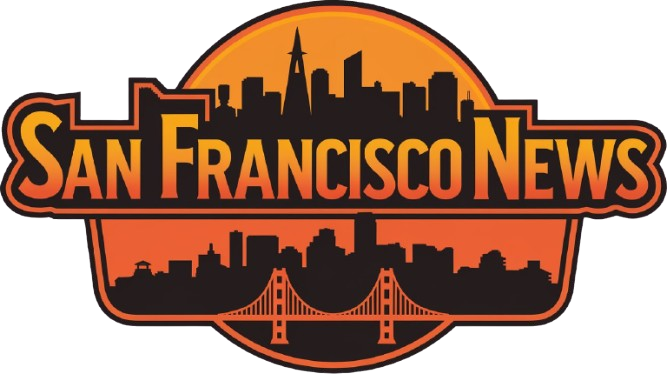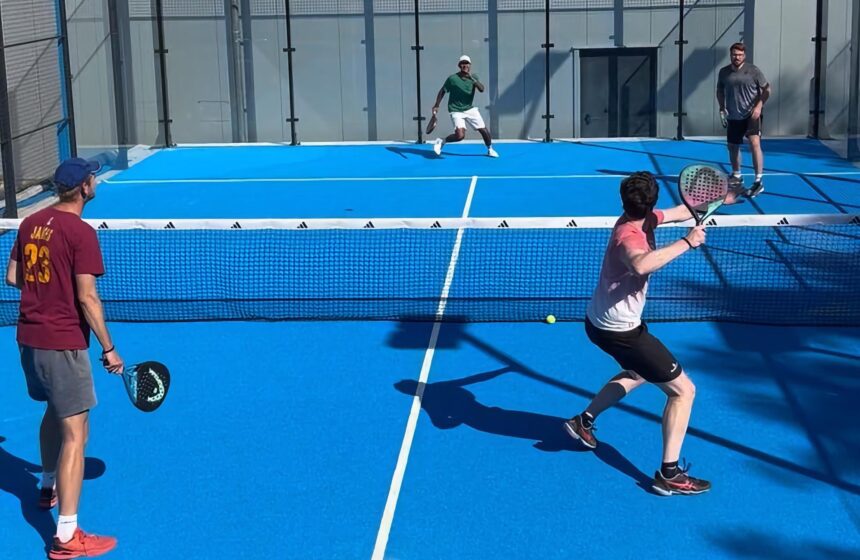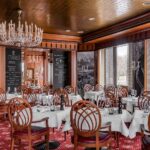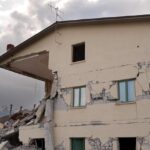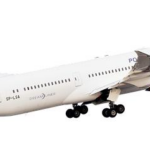Padel: San Francisco’s Buzziest New Court Sport
In the heart of San Francisco, a new court sport is rapidly gaining traction, captivating enthusiasts and novices alike with its fast-paced, social appeal. Padel, a hybrid game that combines elements of tennis and squash, is making waves across the city as local courts spring up in response to growing demand. With its roots in Spain and a rising international profile, this dynamic sport is not just a game; it’s becoming a cultural phenomenon that exemplifies the city’s vibrant athletic community. As players flock to the courts, experts and enthusiasts weigh in on what makes padel the latest must-try activity in the Bay Area.
The Rise of Padel: How San Francisco is Embracing the Fast-Paced Sport
Padel, a sport blending elements of tennis and squash, is rapidly gaining popularity among San Francisco’s fitness enthusiasts. The vibrant atmosphere surrounding the game is evident in the growing number of dedicated courts and clubs that have sprung up across the city. As locals seek engaging ways to exercise, the appeal of padel lies not just in its physical benefits, but also in its social aspect, drawing communities together for friendly competition and camaraderie. The sport’s unique scoring system and easy-to-learn rules make it accessible for players of all skill levels, further fueling its widespread embrace.
In addition, the city’s cultural affinity for innovation plays a significant role in the rise of padel. Local businesses are responding to this trend by creating inclusive spaces where enthusiasts can gather, play, and socialize. Many venues offer scheduled tournaments, clinics, and leagues, fostering a sense of community among players. Notably, a recent survey revealed that a majority of participants view padel as a fun and effective way to stay active. As the sport continues to capture the imagination of San Francisco residents, the city’s parks and recreation departments are exploring new initiatives to incorporate more padel facilities, aiming to sustain its excitement and growth.
| Padel vs. Tennis | Padel | Tennis |
|---|---|---|
| Court Size | Smaller | Larger |
| Equipment | Solid racket, no strings | Strung racket |
| Number of Players | Doubles preferred | Singles or doubles |
| Ball Bounce | Can bounce off walls | No wall interaction |
What Makes Padel Different: A Closer Look at Rules, Equipment, and Culture
Padel, a sport that has recently taken San Francisco by storm, is distinguished not just by its fast-paced gameplay, but also by its unique set of rules and equipment. Unlike traditional tennis, padel is played on a smaller court enclosed by walls, allowing the ball to be played off the surfaces, which adds an intriguing strategic element. The game is typically played in doubles, fostering teamwork and social interaction. Key rules include:
- Players must serve underhand, and the ball must bounce in the service box before it is hit.
- Points can only be won when serving, creating a rhythmic flow to the matches.
- The ball is allowed to strike the walls after a bounce, creating opportunities for inventive shots and rebounds.
The equipment used in padel is also distinctive. Players use solid paddles-typically made from composite materials-and a slightly depressurized ball, allowing for control and precision on the court. The cultural aspect of padel contributes significantly to its popularity; it serves as a social venue for friends and families. A typical padel facility features:
| Facility Features | Description |
|---|---|
| Multiple Courts | Encourages tournament play and casual matches. |
| Café Areas | Spaces for players to relax and socialize after games. |
| Community Events | Regular tournaments and social nights to engage players. |
This blend of engaging gameplay, accessible rules, and a strong community atmosphere makes padel a refreshing addition to the sporting landscape of San Francisco, positioning it as a captivating alternative to traditional racquet sports.
Finding Your Game: Tips for Beginners and Local Court Recommendations
As the excitement surrounding padel continues to grow, newcomers to the sport may wonder where to start. To find your ideal game, consider joining local clubs or signing up for beginner lessons, as they often provide a welcoming atmosphere and an opportunity to learn the rules. Many facilities in San Francisco have dedicated leagues, and you can easily connect with fellow players through social media groups or community boards. Here are some recommendations to help you dive into the vibrant local padel scene:
- SF Padel Club: Known for its robust community and top-notch courts, this club offers introductory programs specifically designed for beginners.
- Bay Club: With multiple locations in the area, the Bay Club offers various scheduled events and clinics tailored for newcomers.
- Union Square Padel: Located in the heart of the city, this facility features regular meetups where beginners can enjoy friendly competition.
Once you’ve found your footing, expanding your skills and meeting new players is essential. Participating in local tournaments, even at the novice level, can enhance your game and build camaraderie with others. Be sure to check out these upcoming padel events in the San Francisco area:
| Date | Event | Location |
|---|---|---|
| September 15, 2023 | Beginner’s Tournament | SF Padel Club |
| October 5, 2023 | Social Mixer | Union Square Padel |
| November 20, 2023 | Monthly Clinic | Bay Club – Pacific Heights |
Final Thoughts
As Padel continues to gain traction in San Francisco, drawing enthusiasts from various backgrounds and skill levels, its rapid growth underscores a broader trend in recreational sports. With its blend of accessibility, social interaction, and strategic play, Padel is not just a passing fad but a vibrant addition to the Bay Area’s dynamic sports scene. As new courts emerge and community engagement deepens, it will be fascinating to see how this sport evolves and potentially reshapes our understanding of athletic culture in the city. As we continue to witness the rise of Padel, one thing is clear: San Francisco is ready for a new wave of competition-and camaraderie.
